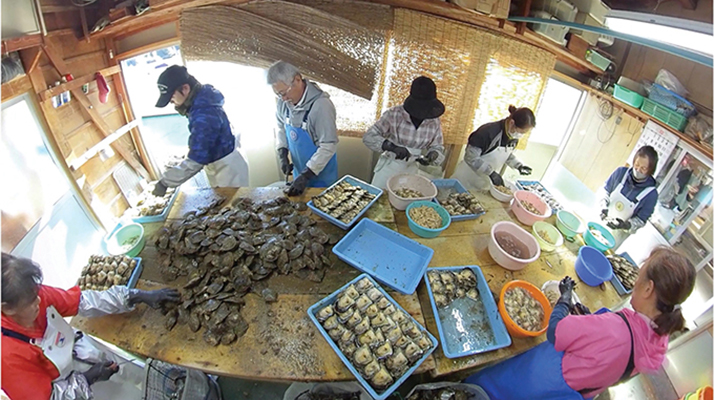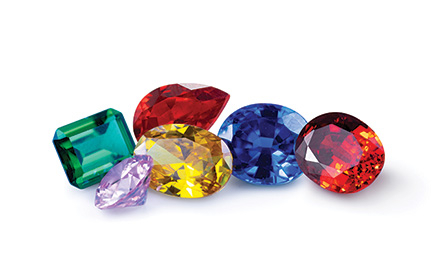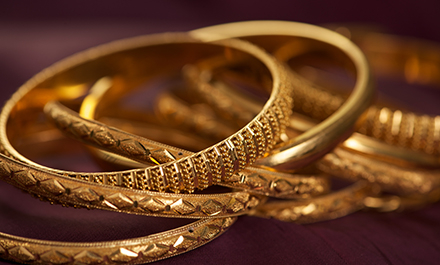Ise-Shima region, the birthplace of modern pearl cultivation, continues to thrive in the production of exquisite Japanese Akoya pearls that captivate enthusiasts the world over.
When Japanese Akoya pearls are mentioned, Mikimoto is often the first name that comes to mind. After all, the story of Akoya pearl cultivation began in 1893 when Kokichi Mikimoto successfully produced the world’s first cultured pearls in Ago Bay. To this day, Akoya pearls are meticulously nurtured by nature and experienced farmers in the birthplace of the famed brand.
Located in the Ise-Shima region of Japan’s Mie Prefecture, Ago Bay is an island-dotted bay with a rugged coastline. It has several parallel rias and complex terrains that protect the waters from the huge waves of the Pacific Ocean, rendering them calm and conducive to pearl cultivation. Nutrients from the sea and adjacent mountains result in an abundance of phytoplankton in the waters, creating ideal conditions for growing Akoya pearl oysters.
Pearl farms in Mie Prefecture are mostly family businesses handed down from generation to generation. This long tradition of pearl cultivation enabled farmers to master their techniques in producing a wide range of quality Akoya pearls from 3mm to 9mm in diameter.
According to Yuichi Nakamura, vice chairman of the Mie Prefecture Pearl Promotion Council, Akoya pearls that are less than 5mm in diameter are mainly produced in the region. “Cultivating such small pearls requires expertise and patience. Ise-Shima has the longest history of pearl cultivation in Japan. There are many legendary ‘pearl-smiths’ in the region,” he said.
Cultivation process
Aside from producing Akoya pearls, Ise-Shima’s pearl industry continually researches new and effective ways to improve the cultivation process.
Ruriko Sakaguchi, who has been operating the Sakaguchi Pearl Farm on Ago Bay with her parents for 22 years now, said that there are around three to four pearl oyster farmers in Mie Prefecture. Several of them cultivate their own unique pearl oysters and utilise the best of these for their pearl farms.
Grafting based largely on the characteristics of each Akoya pearl oyster takes place from April to July.
“We implant an average of 400 to 500 pearl oysters every day during the peak period,” Sakaguchi disclosed.After grafting, Akoya pearl oysters rest in calm seawater to recover and are regularly inspected to prevent rejection and post-operative mortality. The pearl oysters are then put in net cages to begin to accumulate nacre.
In winter, the net cages are moved to the warmer waters in the south of Ago Bay. Nakamura explained, “There are four seasons in Japan, and this makes a big difference in the quality of pearls. An oyster needs warm water to let pearl layers grow and cold water to enrich pearl lustre.” Pearl harvests in Ise-Shima happen in the winter when water temperatures are low.
Market conditions
As sustainability and pristine environmental conditions are essential to successful pearl cultivation, Nakamura cited climate change as the main challenge to Ise-Shima’s pearl industry. Farmers and local government institutes are collaborating to mitigate the effects of ecological degradation, he revealed.
Pearl trading and tourism likewise co-exist in the region, with regulations in place to minimise the impact of marine sports and local sailing tours on the pearling process. The region’s rich pearl tradition has in fact evolved into a tourist attraction in itself.
The Covid-19 pandemic also poses trading difficulties but demand for high-quality Akoya pearls from Mie Prefecture has remained stable, particularly from its biggest markets of China and North America.
“Once the situation improves, we expect strong demand not only for Akoya pearls but all varieties of the gem,” Nakamura said.
As organic gems, pearls reflect the conditions of their times, said Sakaguchi, “Pearls born in challenging circumstances are beautiful. Pearl cultivation can be a thankless process at times and only yields a few top-quality gems. But each pearl has its own unique character. This year’s pearls were produced during a pandemic, making them all the more special and valuable,” she said.












